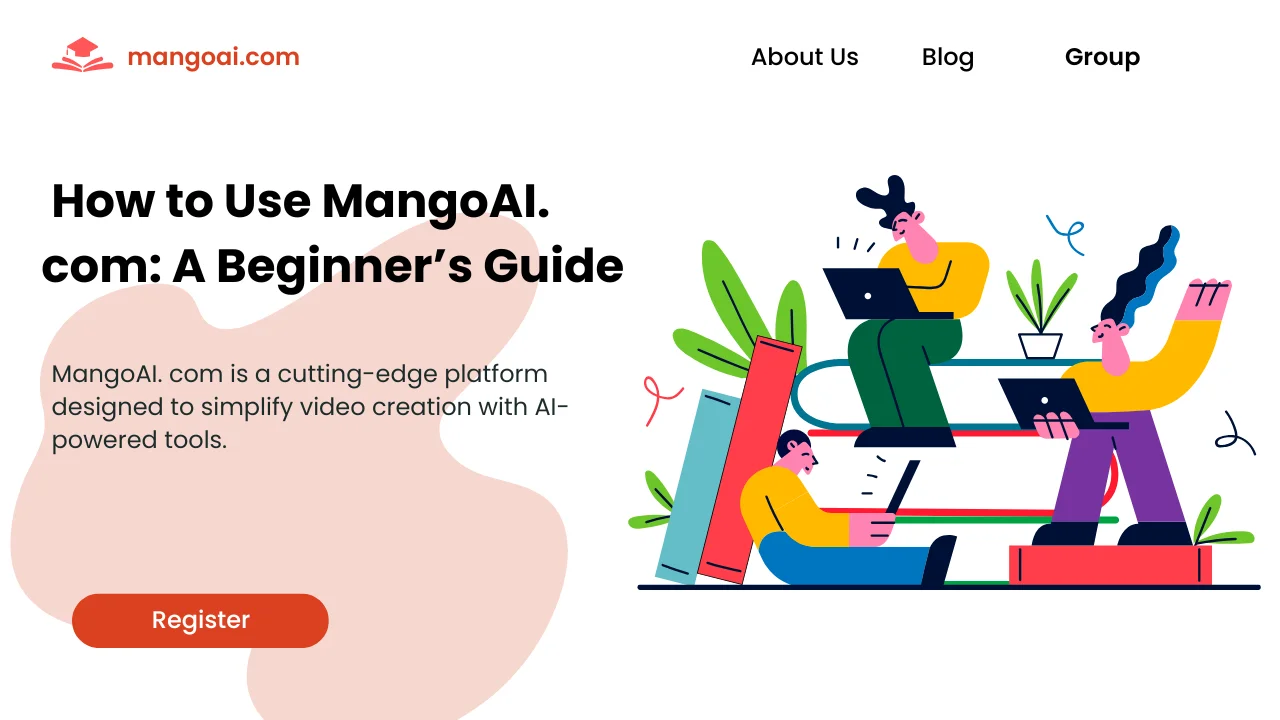Infographics have become quintessential communication tools in today’s visually driven digital landscape. They seamlessly combine graphics and data to simplify complex information, making it more accessible to diverse audiences. This form of link-building utilizes well-crafted visual content to enhance a website’s search engine optimization (SEO) and drive organic traffic. Businesses may boost their internet visibility and authority by incorporating links in these shareable visuals.
The dual role that infographics play as both captivating storytelling devices and practical marketing tools highlights their importance in modern communication strategies. To delve into the art and science of infographic creation, one must understand the balance between compelling design and informative content. Infographics are engaging, but they also play an essential part in digital marketing efforts, particularly infographic link building. Mastering this balance is key to crafting infographics that convey information and captivate and persuade the audience.
Understanding Your Audience
The cornerstone of effective infographic design is understanding your audience. Knowing who will view your infographic informs every aspect of its creation, from the complexity of the data visualizations to the stylistic choices used in the design. It involves identifying key characteristics of your target audience, such as age group, profession, educational background, and interests. For instance, a technical audience might appreciate detailed charts and robust data, whereas a general audience might prefer simpler visuals and broader conclusions. Considering these preferences can significantly enhance the infographic’s ability to connect with its viewers, making it informative and engaging. An infographic that resonates with its audience increases the likelihood of it being shared, thus expanding its impact.
Also Read: What Does Ara Ara Mean?
Why Infographics Matter
Infographics are more than just pretty pictures. They are potent data storytelling and visual communication tools, offering a unique combination of words and imagery to make complex data engaging and understandable. According to a study, the human brain processes visual information 60,000 times faster than text. This capability is leveraged in infographics, making them highly effective in enhancing comprehension and retention. According to Forbes, visual content, such as infographics, increases engagement by simplifying the storytelling process and enabling quicker assimilation of information. This ease of understanding helps make decisions and encourages sharing among users, considerably amplifying the reach of the information shared.
Crafting the Narrative
A compelling infographic is like a well-told story. It captivates, informs, and leaves a lasting impression. Crafting the narrative of an infographic involves more than just collecting and displaying data. It requires structuring the information to draw viewers in and seamlessly lead them through the content. This consists of determining a logical flow that connects all parts of the infographic meaningfully, creating a precise arc that introduces the topic, delves into the details, and concludes with insightful takeaways. The storytelling aspect of an infographic is crucial, as it transforms the data into a meaningful context, engaging the viewer’s emotions and intellect. This storytelling approach ensures that the information is processed coherently and impactfully.
Design Principles for Effective Infographics
The design of an infographic is as essential as the data it presents. Thoughtful design principles can significantly enhance the effectiveness and appeal of your infographic. Here are some indispensable design concepts to consider:
- Color: Use a color scheme that is visually appealing and supports the theme of your infographic. The right colors can evoke emotions and guide the viewer’s attention.
- Typography: Choose typefaces that are readable and acceptable for your audience. Typography should enhance readability and match the overall style of the infographic.
- Layout: Maintain a harmonious balance between text and visuals. Avoid clutter by ensuring that text is concise and visuals complement the narrative rather than overshadowing it.
Utilizing these principles effectively can produce an infographic that catches the eye and conveys information clearly and efficiently.
Tools to Create Stunning Infographics
With the rise of graphic design technology, creating infographics has never been more accessible. Those without advanced design skills can develop professional-looking infographics using various online tools. Platforms like Canva and Piktochart offer a diverse array of customizable templates and easy-to-use interfaces, making the design process straightforward and approachable. These tools empower users to focus on content and storytelling by streamlining the technical aspects of design. By leveraging such platforms, anyone can produce high-quality infographics that communicate effectively and aesthetically delightfully, breaking down the barriers to entry for infographic creation.



